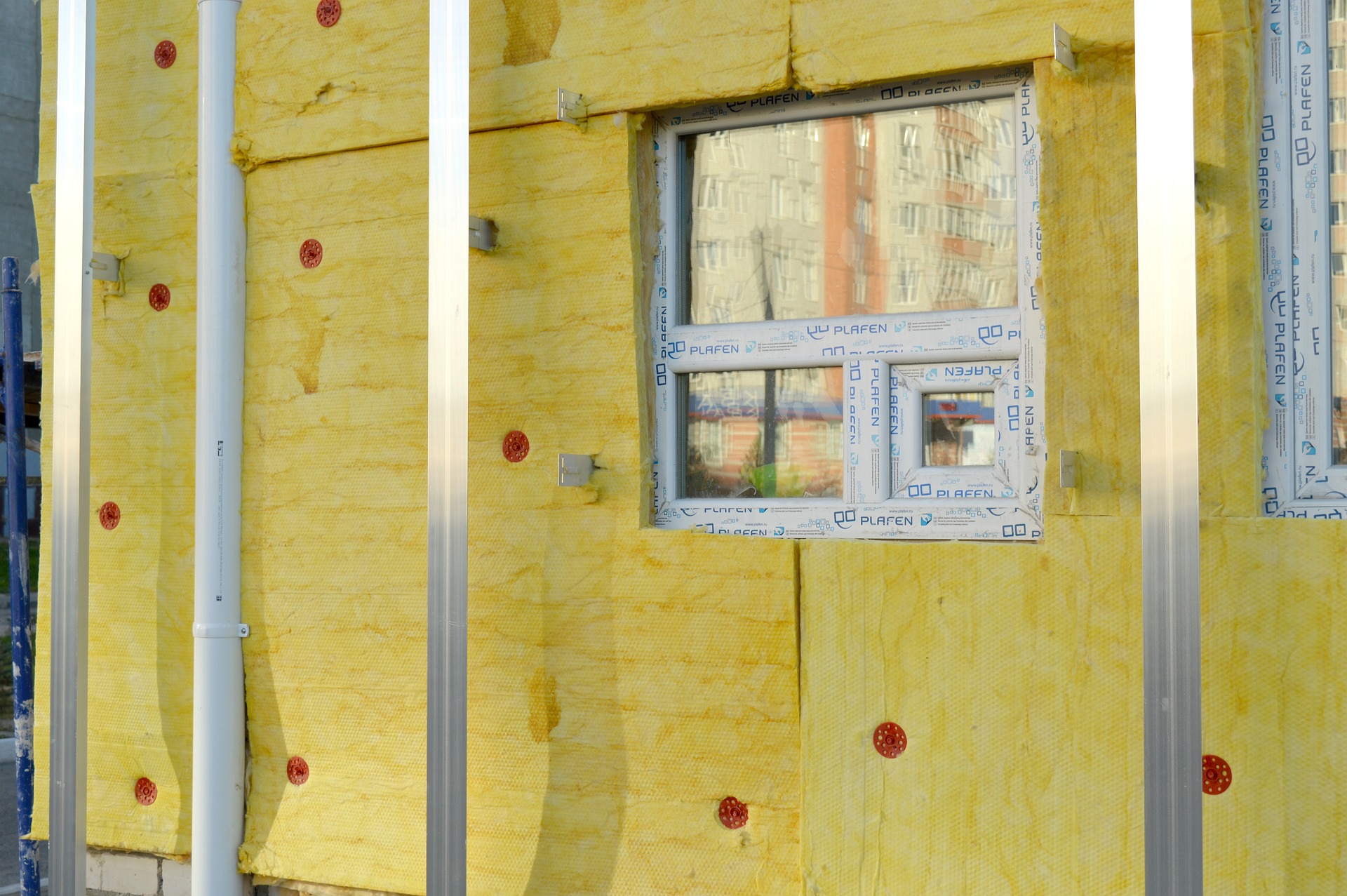Insulation Sheets: Types, Uses, and Installation Guide
Choosing the right insulation sheet can transform a building’s comfort, energy consumption, and acoustic performance. Insulation sheets come in many materials and formats, each with specific strengths—thermal resistance, moisture tolerance, fire performance, or acoustic damping. This article breaks down common types, selection criteria, installation basics, maintenance considerations, and common mistakes so you can evaluate options and work confidently with suppliers or local services in your area.

What types of insulation sheets are available?
Insulation sheets are manufactured from several core materials: mineral wool (rock or glass wool), foam boards (expanded polystyrene EPS, extruded polystyrene XPS, polyisocyanurate PIR, and polyurethane), and reflective foil-faced panels. Mineral wool offers good fire resistance and sound absorption; EPS and XPS boards are lightweight and moisture-resistant; PIR and polyiso typically provide higher R-value per inch for tight spaces. Reflective foil sheets are used where radiant heat control is needed, often combined with other products. Each material has trade-offs in cost, weight, handling, and suitability for particular applications.
How do you choose the right insulation sheet?
Selecting the right sheet depends on project priorities: thermal performance (R-value), moisture exposure, fire rating, compressive strength, and available thickness. For external walls and roofs, higher R-value-per-inch products like PIR or polyiso may be best where space is limited. For acoustic control, mineral wool panels excel. In damp environments such as basements, closed-cell foam boards (XPS) resist water absorption. Also consider local building codes, compatibility with existing materials, vapour barrier requirements, and whether installers or local services in your area have experience with the chosen type.
How are insulation sheets installed?
Installation varies by material and location but follows consistent steps: prepare and clean the surface, measure and cut sheets to size (using a straightedge and appropriate cutting tool), fit sheets tightly with staggered joints, and seal edges with tape, adhesive, or sealant as recommended. For external wall systems, mechanical fixings may be required before rendering or cladding. Roof and floor installations often need vapour barriers and proper drainage. Always follow manufacturer instructions and wear PPE—gloves, eye protection, and masks if cutting dusty materials. Proper sealing of gaps prevents thermal bridging and moisture infiltration.
Common installation mistakes and how to avoid them
Frequent errors include leaving gaps between sheets, failing to stagger joints, omitting vapour barriers where needed, and compressing insulation (which reduces R-value). Cutting inaccurately or using incompatible adhesives can create thermal bridges or gaps. To avoid these problems, measure twice, use appropriate mechanical fixings or adhesive, tape joints with a compatible tape, and consult product datasheets for recommended clearances and fastening patterns. Engaging experienced installers or local services can reduce risk, especially on complex façades or roof assemblies where weatherproofing is critical.
Maintenance, durability, and environmental considerations
Insulation sheets generally have long service lives but require proper protection from moisture and physical damage. Closed-cell foams resist water but can be degraded by UV exposure if left uncovered; mineral wool can settle or be displaced if not secured. Check assemblies periodically for signs of moisture, mold, or pest damage and repair or replace affected sections. Environmental considerations include embodied energy, recyclability, and off-gassing; mineral wool and some rigid foams have recycled content options, and some manufacturers offer take-back or recycling programs. When sustainability is a priority, review manufacturer environmental product declarations and look for low-VOC options.
Conclusion
Insulation sheets are versatile solutions for improving thermal comfort, reducing energy use, and enhancing acoustic performance in buildings. Understanding the differences between materials, the importance of correct selection based on R-value, moisture and fire requirements, and careful installation practices will help ensure long-term performance. For projects beyond DIY scope, consult product datasheets and consider experienced installers or local services to match the right sheet to the right application and achieve reliable results.






